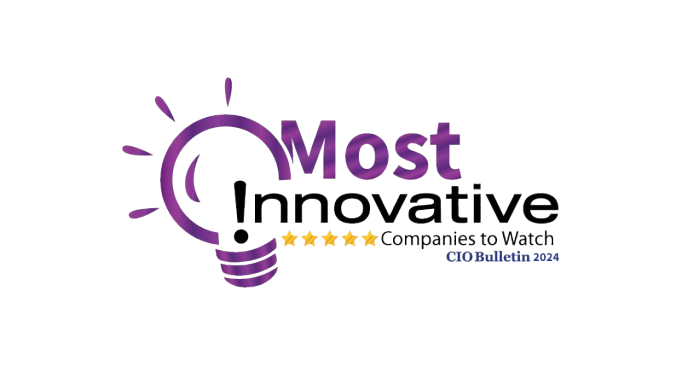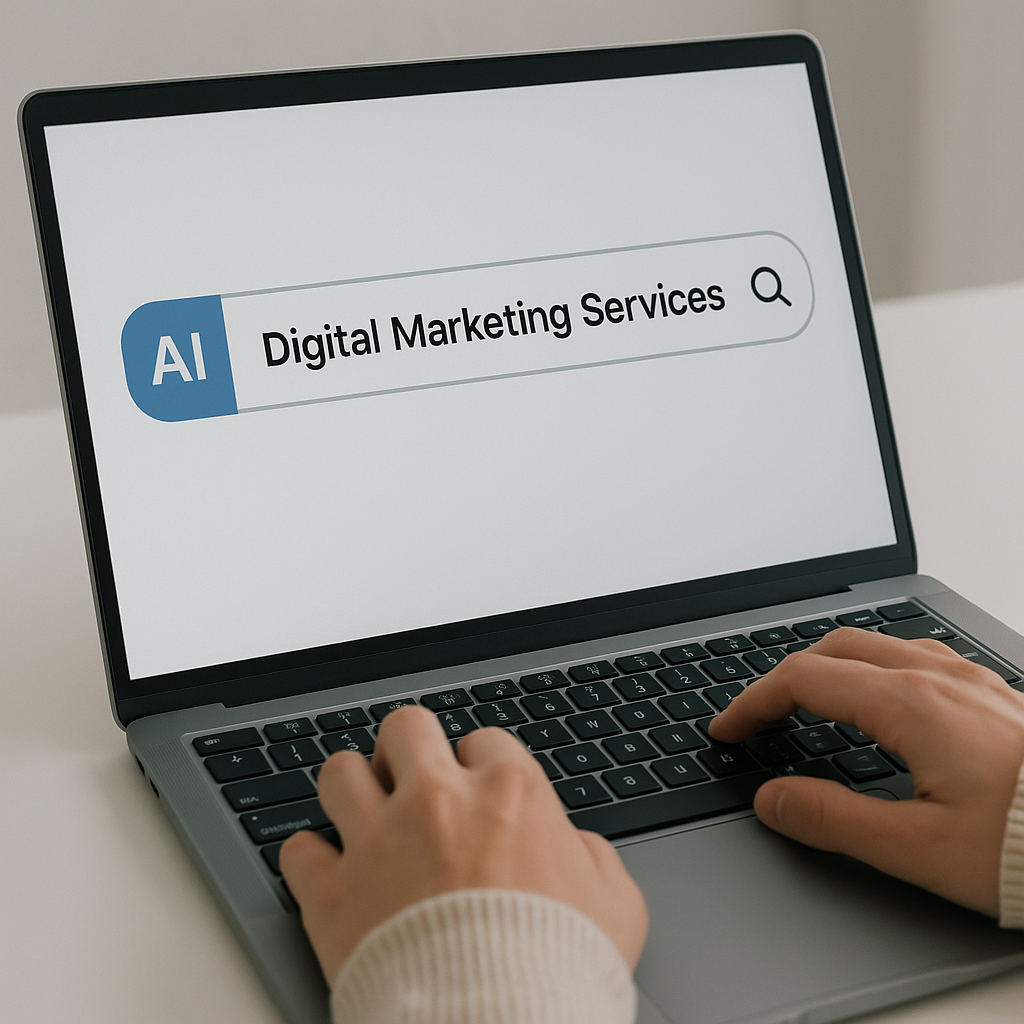5 steps for an effective CRM strategy for your business
john • May 6, 2023
Developing an effective CRM (Customer Relationship Management) strategy can be a powerful tool for any business looking to improve customer relationships, increase sales, and drive growth. Here are five steps for an effective CRM strategy for your business:
Define Your Objectives:
The first step in developing an effective CRM strategy is to define your objectives. What do you want to achieve with CRM? This could include improving customer satisfaction, increasing sales, reducing churn, or enhancing customer loyalty. Once you have a clear understanding of your objectives, you can develop a plan to achieve them.
Identify Your Target Audience: The next step is to identify your target audience. Who are your customers? What are their needs, preferences, and pain points? By understanding your target audience, you can tailor your messaging, marketing campaigns, and customer service to meet their specific needs.
Choose the Right CRM Software: Choosing the right CRM software is critical to the success of your CRM strategy. Consider the features, functionality, and cost of different CRM solutions. Look for a system that meets your business needs, integrates with your existing tools and platforms, and provides robust analytics and reporting capabilities.
Implement Your CRM System: Once you have selected a CRM system, it's time to implement it. This may involve migrating data from your existing systems, setting up workflows and automation, and training your team on how to use the new system. It's important to involve all stakeholders in the implementation process to ensure a smooth transition.
Continuously Monitor and Improve: An effective CRM strategy requires ongoing monitoring and improvement. Use data and analytics to track your performance, identify areas for improvement, and make data-driven decisions. Continuously refine your strategy based on customer feedback, market trends, and changing business needs.
By following these five steps, businesses can develop an effective CRM strategy that improves customer relationships, increases sales, and drives growth. By understanding your objectives, identifying your target audience, choosing the right CRM software, implementing your system, and continuously monitoring and improving, you can build stronger customer relationships, drive revenue growth, and achieve your business goals.
Identify Your Target Audience: The next step is to identify your target audience. Who are your customers? What are their needs, preferences, and pain points? By understanding your target audience, you can tailor your messaging, marketing campaigns, and customer service to meet their specific needs.
Choose the Right CRM Software: Choosing the right CRM software is critical to the success of your CRM strategy. Consider the features, functionality, and cost of different CRM solutions. Look for a system that meets your business needs, integrates with your existing tools and platforms, and provides robust analytics and reporting capabilities.
Implement Your CRM System: Once you have selected a CRM system, it's time to implement it. This may involve migrating data from your existing systems, setting up workflows and automation, and training your team on how to use the new system. It's important to involve all stakeholders in the implementation process to ensure a smooth transition.
Continuously Monitor and Improve: An effective CRM strategy requires ongoing monitoring and improvement. Use data and analytics to track your performance, identify areas for improvement, and make data-driven decisions. Continuously refine your strategy based on customer feedback, market trends, and changing business needs.
By following these five steps, businesses can develop an effective CRM strategy that improves customer relationships, increases sales, and drives growth. By understanding your objectives, identifying your target audience, choosing the right CRM software, implementing your system, and continuously monitoring and improving, you can build stronger customer relationships, drive revenue growth, and achieve your business goals.
Featured Resources
Check Our Latest Resources

Proven ROI has been recognized as one of the Most Innovative Companies to Watch 2024 by CIO Bulletin—a testament to the company’s forward-thinking approach to CRM investments and strategic partnerships. By working closely with leading CRM platforms like HubSpot, Proven ROI is revolutionizing how businesses manage customer relationships, scale their operations, and drive growth.



